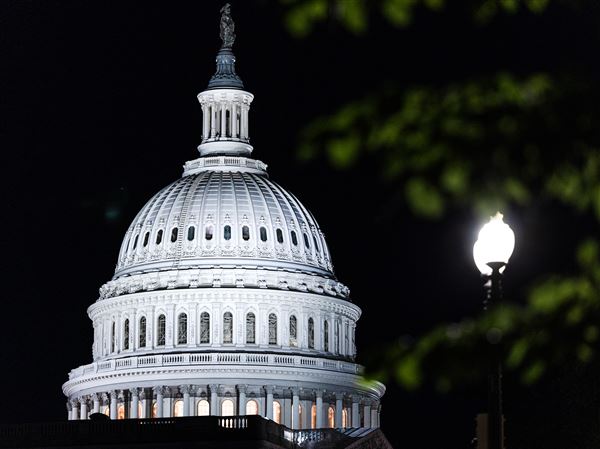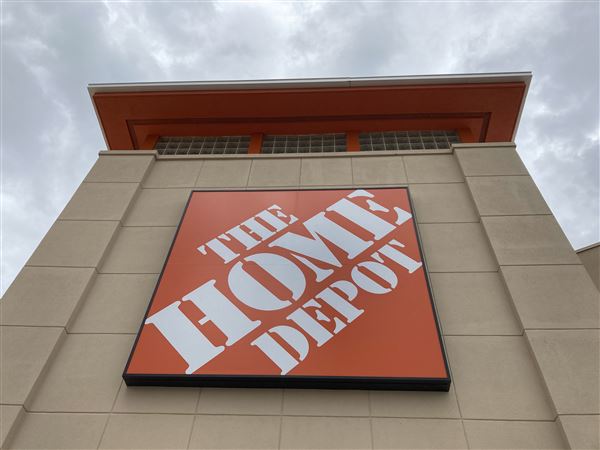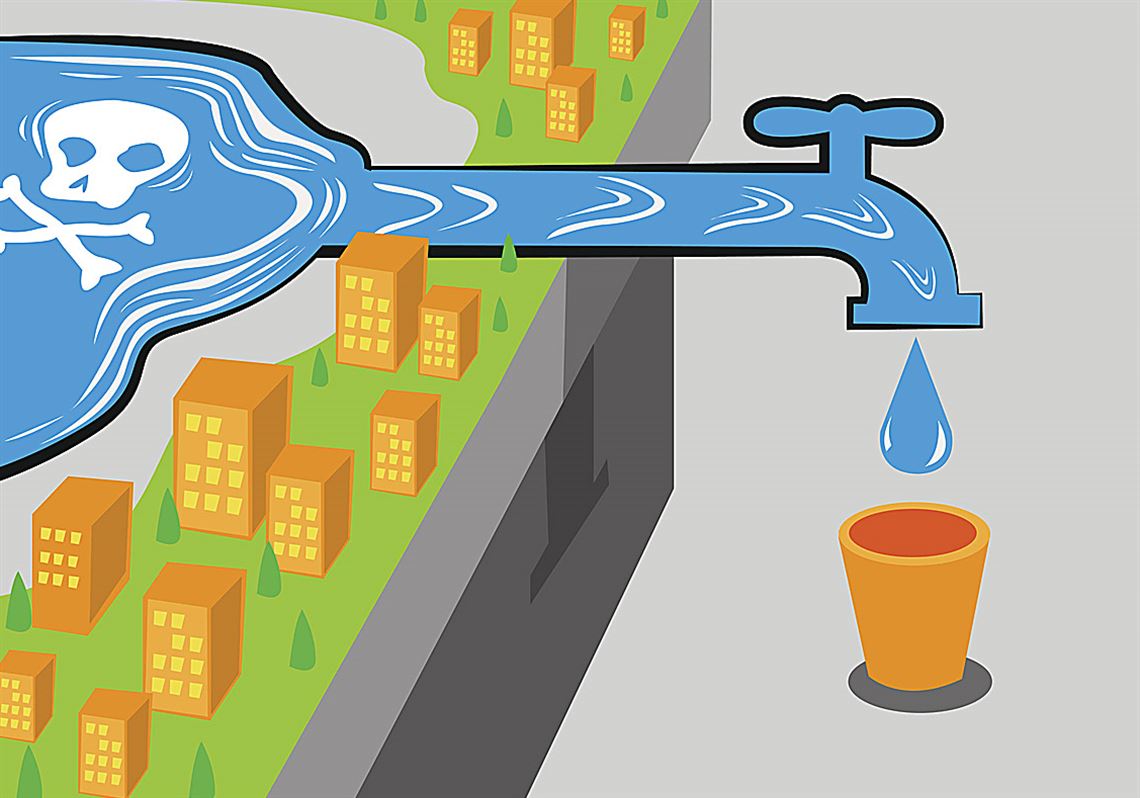Two years ago, LeeAnne Walters of Flint, Mich., a mother of four, had had enough. She’d heard all the assurances from city officials that water from the Flint River was safe to drink, but her common sense and a houseful of sick children told a different story.
The country watched with a mixture of anger and sorrow and hope, as one woman’s fight became a city’s quest to reclaim the right to clean, safe water. But underneath our sympathy for the people of Flint lurked a more existential fear: Could it be happening here?
It was happening.
Unlike Flint’s crisis, which spiked after the city switched from Detroit water to the notoriously polluted Flint River as a cost-saving measure, Pittsburgh’s problems have been quietly bubbling up for years.
According to one source, lead levels have been rising for at least the last 16 years. Pittsburgh’s water contained only 2 parts of lead per billion in 1999, the article said. But recent tests show that figure has increased to more than 15 parts per billion, a danger threshold that triggers action by the federal Environmental Protection Agency.
In that time, elected officials did nothing to avert a crisis in the making. Indeed, their decisions only made matters worse. In 2012, the Pittsburgh Water and Sewer Authority hired a private consulting firm to help improve water quality and cut costs. In the first year of the contract, city officials praised the work of Veolia, a multibillion-dollar Paris-based company known for shortsighted management strategies and quick fixes that prioritized revenues above health and safety. It also has the dubious distinction of later being hired by Flint to manage, or rather mismanage, that water crisis.
By the time PWSA’s contract with Veolia ended in 2015, the people of Pittsburgh had paid the firm $11 million in fees. What we got for our money was a 20 percent increase in our water bills and higher lead levels. According to an article in the Post-Gazette, the average Pittsburgher’s water bill is expected to hit $50 per month this year. That’s three times more than a typical customer pays across the Midwest. Veolia cut laboratory staff and switched the anti-corrosive agents used to prevent lead from leaching into water from old pipes to a cheaper and less effective alternative.
Since PWSA’s contract with Veolia pays the consultants based on savings it generates for the authority, it was sadly predictable the firm would make such changes for the sake of profit, placing our health and the health of our children at risk in the bargain.
Indeed, a year after the city hired Veolia, lead levels hit a new high at 14.8 parts per billion, according to Pennsylvania Department of Environmental Protection records. Three years of negligence by the elected city officials responsible for overseeing the contractors they trusted with our most precious resource allowed the problem to fester. For the first time ever last year, lead levels jumped well above 15 parts per billion in an alarming percentage of homes tested. After a groundswell of complaints from concerned consumers, DEP launched an investigation.
When it was over, elected city officials and PWSA tried to shift the blame entirely to Veolia, but recognizing that the buck stops at the top, DEP cited the authority for unlawfully switching its treatment chemicals without proper notification or oversight.
Rather than make our water safer, the deal with Veolia made it more hazardous than ever.
Rather than save taxpayer dollars, it has cost us more than our city officials would care to admit — both the fees paid to a group of self-interested consultants and the untold costs we face as we struggle to find a new way forward.
And what of the human cost?
The most recent test results, released near the end of January, show lead levels are holding steady above acceptable norms. Just a few weeks ago, more than 100,000 households were put between a rock and a hard place when PWSA and DEP issued an advisory that consumers should boil their water before drinking it after tests revealed low chlorine levels, which may leave water vulnerable to bacterial infestation.
The terrible dilemma faced by those consumers is that while boiling water may kill off harmful microbes, it may also raise lead concentrations because some of the water evaporates while the heavy metals stay put.
Other studies show that by some measures, Pittsburgh’s lead problem is actually worse than Flint’s. According to a report in The Philadelphia Inquirer, the percentage of Pittsburgh children under 7 with elevated blood lead levels (8.3 percent) is nearly triple that of Flint’s (3.3 percent).
It is well documented that like so many other social ills, lead poisoning strikes disproportionately at society’s least affluent and most vulnerable citizens.
And studies have shown for decades now that as those children grow, they will face a host of problems liable to keep them trapped in a vicious cycle of sickness, developmental disability, aggression, criminal behavior, incarceration and poverty.
How much will it cost us to heal a generation poisoned by lead — a generation that might otherwise have grown up to healthier, more productive lives if only they’d had clean water to drink? A private/public partnership or P3 is not the solution.
If we remember that a single act of standing up and speaking truth to power can start a chain reaction powerful enough to fix a broken system, then meaningful change is truly at hand. It’s in our hands.
As mayor of the city of Pittsburgh, I would work hard to ensure that the public health of the residents of our city rises to the highest priority possible. We deserve better as we strive to be a city where all can flourish. I am urging every one of you to join the people’s campaign and vote for change in the Democratic primary on May 16.
Rev. John C. Welch, an East Hills resident, is a Democratic candidate for mayor of Pittsburgh.
First Published: March 17, 2017, 4:00 a.m.















